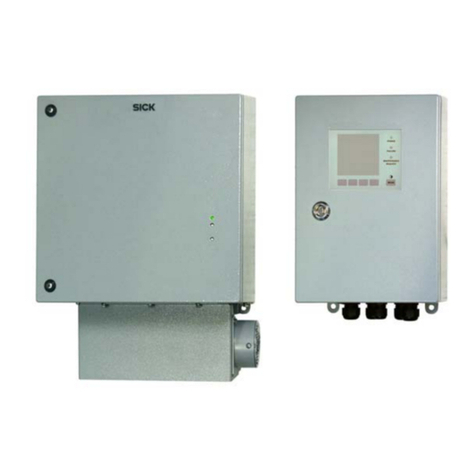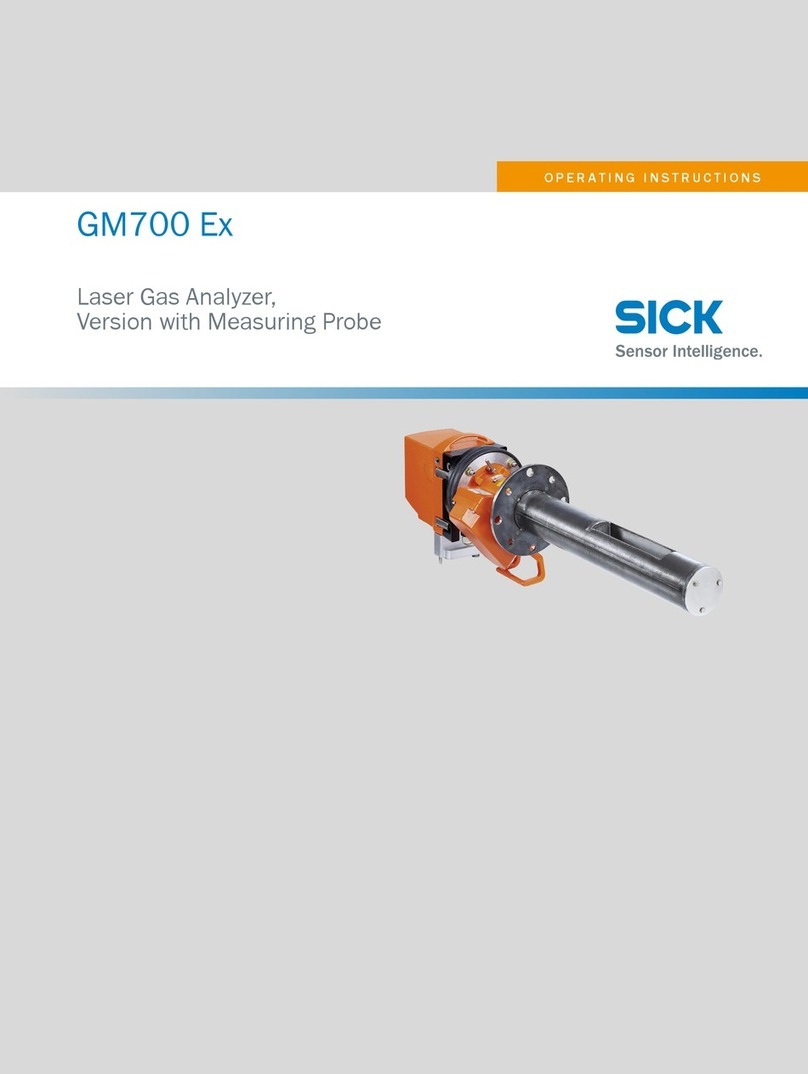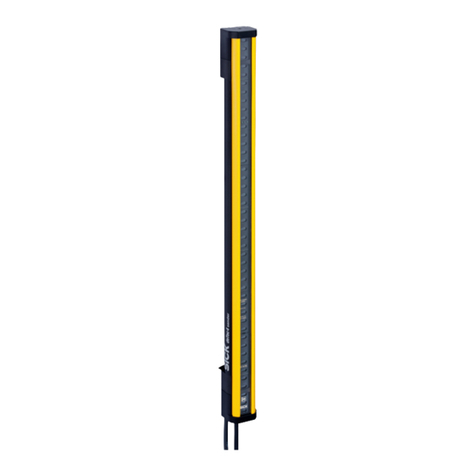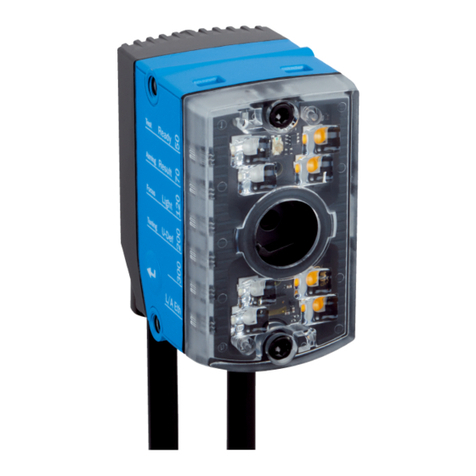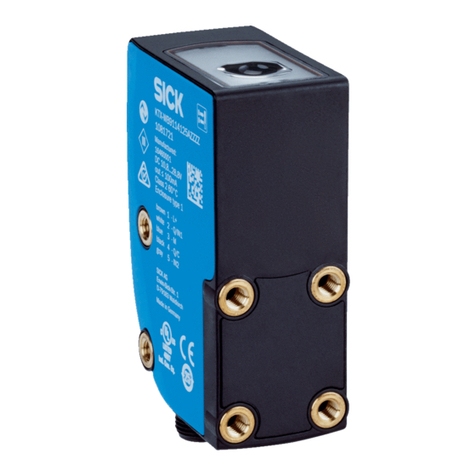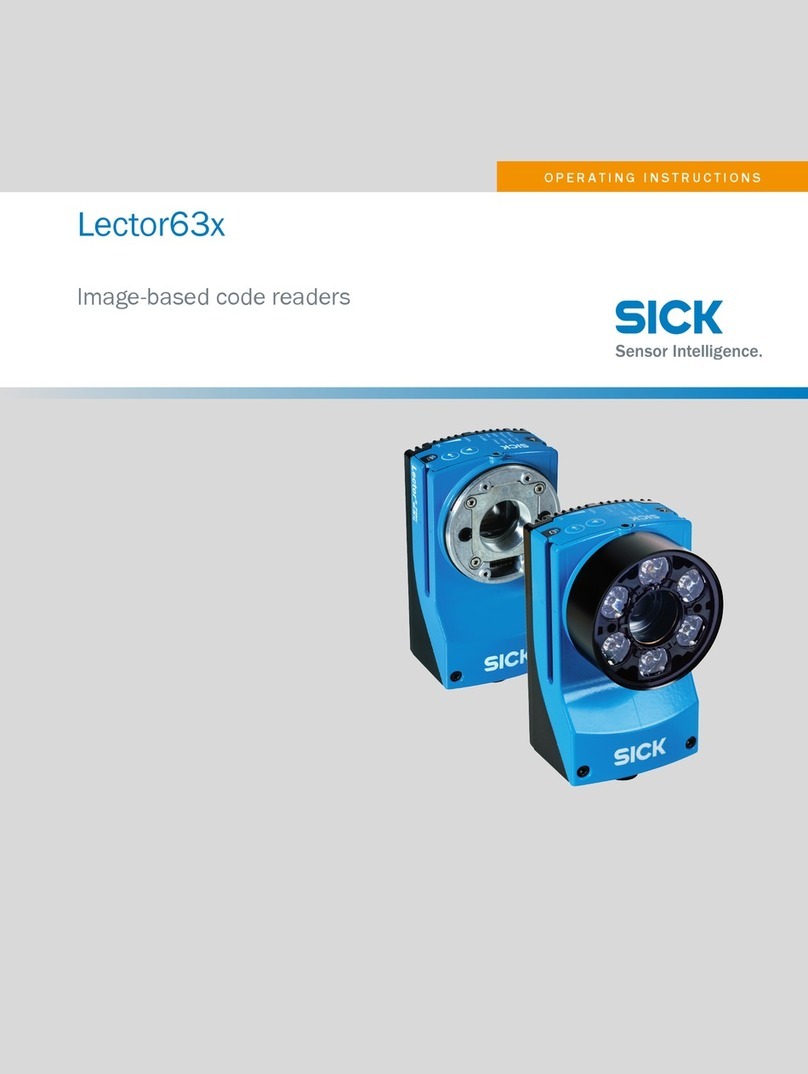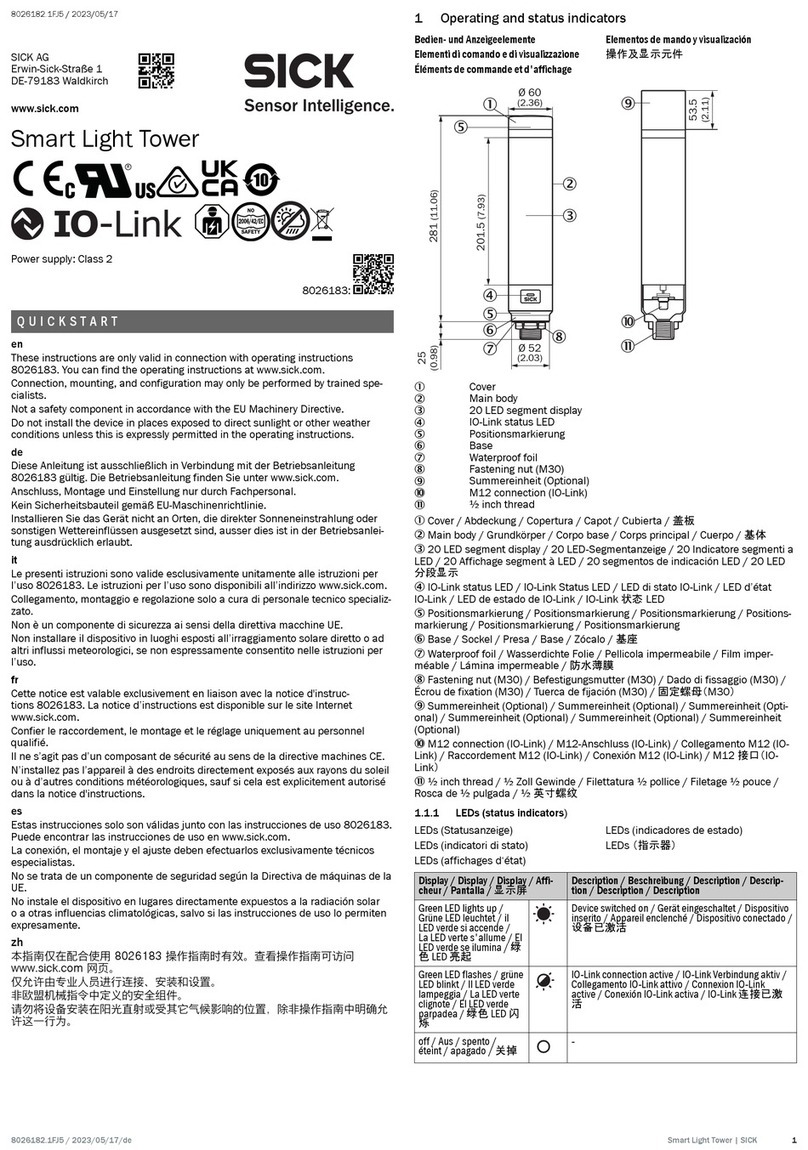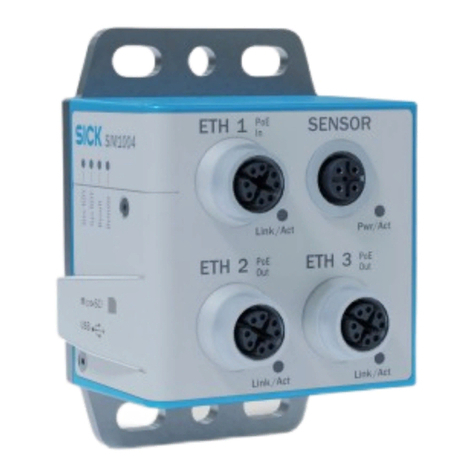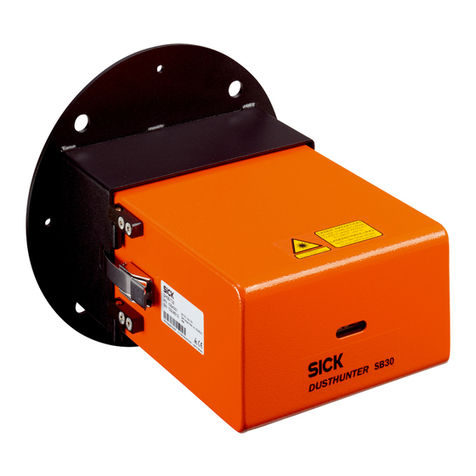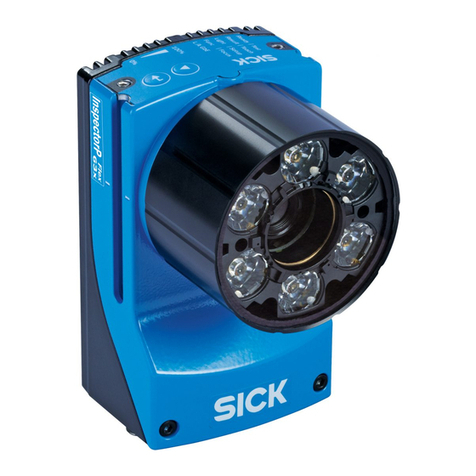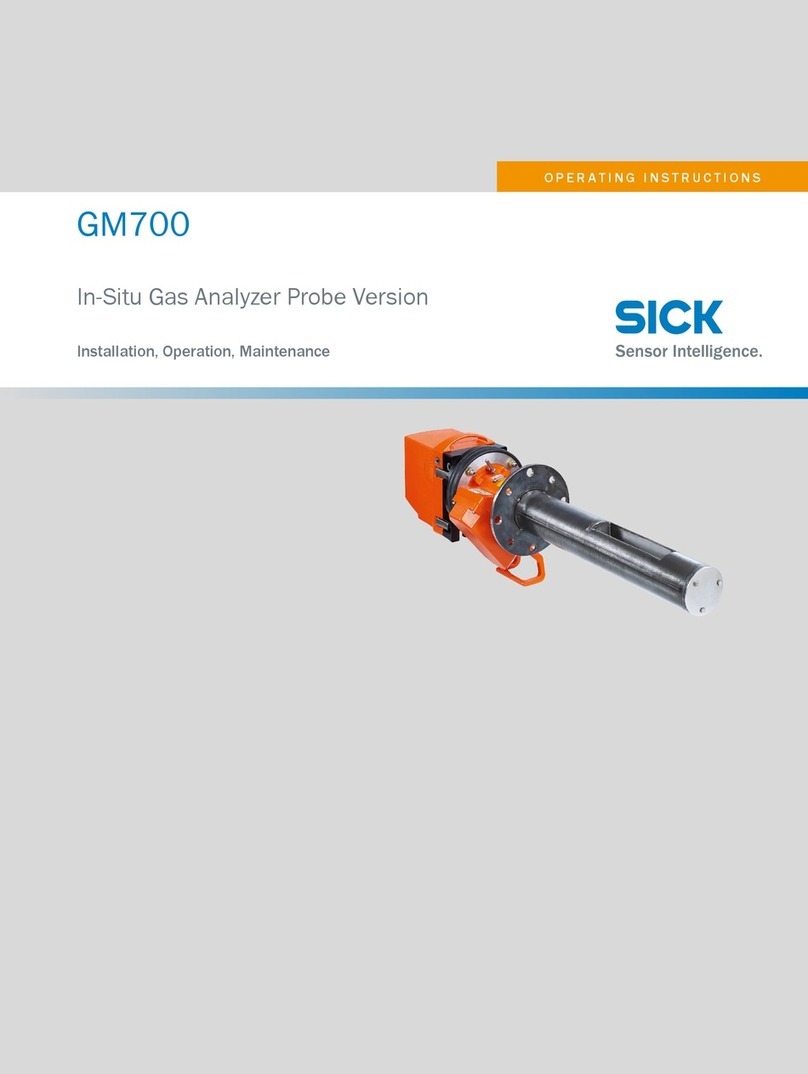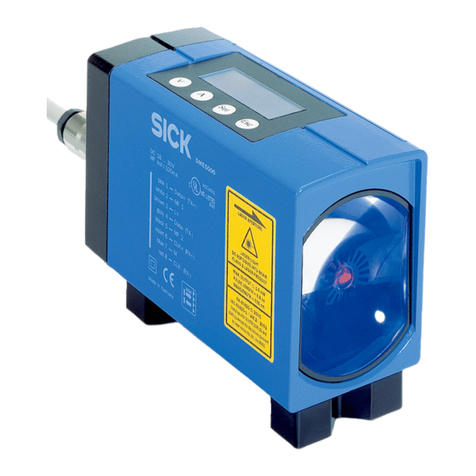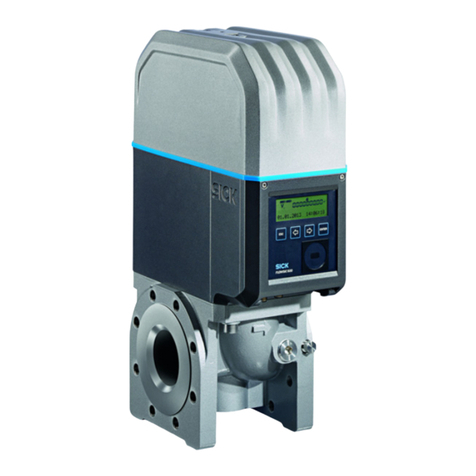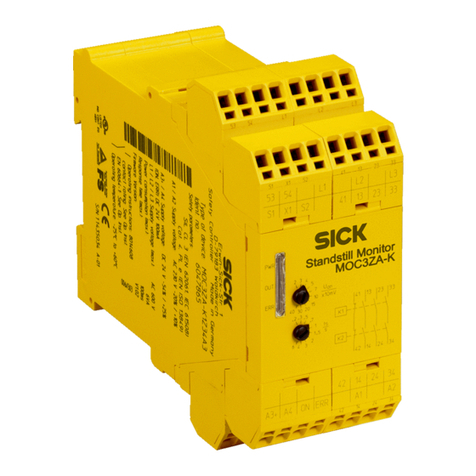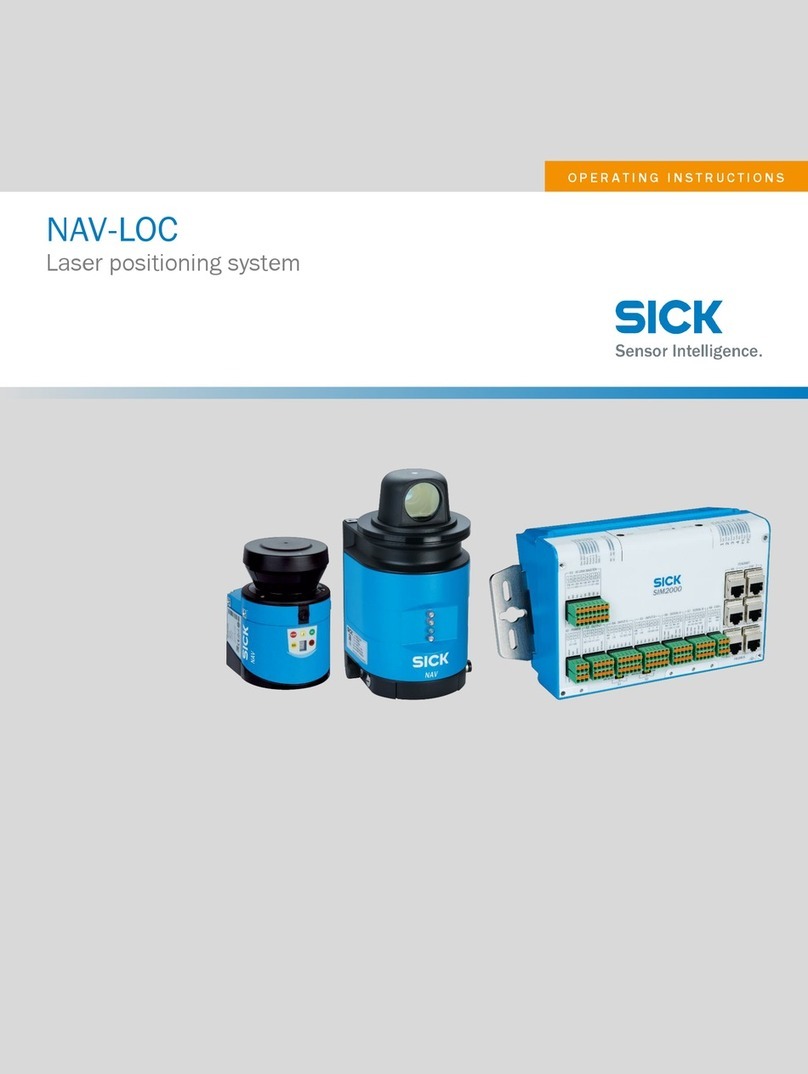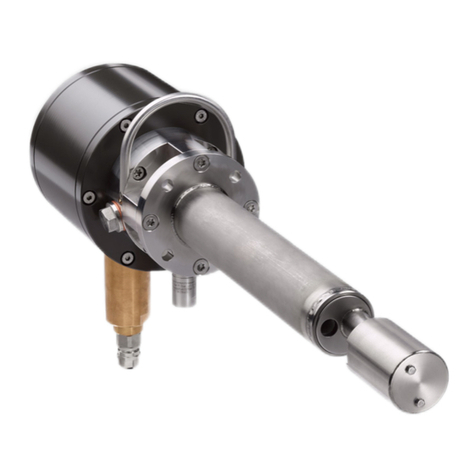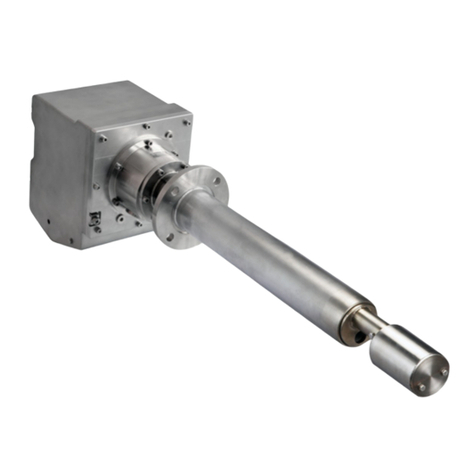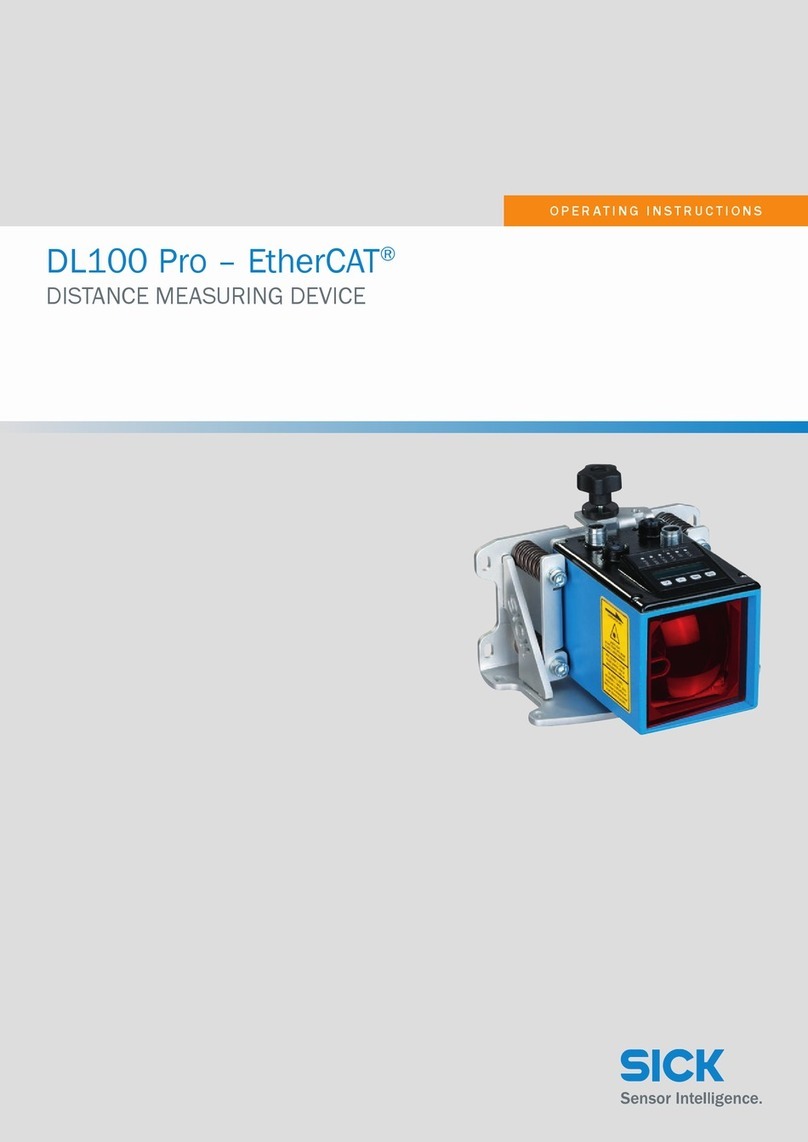
Contents
1 About this document........................................................................ 5
1.1 Information on the operating instructions.............................................. 5
1.2 Scope......................................................................................................... 5
1.3 Explanation of symbols............................................................................ 5
1.4 Customer service...................................................................................... 6
2 Safety information............................................................................ 7
2.1 Intended use............................................................................................. 7
2.2 Limitation of liability................................................................................. 7
2.3 Requirements for skilled persons and operating personnel.................. 7
2.4 Hazard warnings and operational safety................................................. 8
2.5 Repair........................................................................................................ 8
3 Product description........................................................................... 9
3.1 Product ID.................................................................................................. 9
3.1.1 Type labels................................................................................ 9
3.2 Product features and functions............................................................... 9
3.2.1 Device view............................................................................... 9
4 Mounting............................................................................................. 11
4.1 Scope of delivery....................................................................................... 11
4.2 Installation requirements......................................................................... 11
4.3 Installing the system................................................................................. 11
5 Electrical installation........................................................................ 12
5.1 Notes on electrical installation................................................................ 12
5.2 Schematic arrangement........................................................................... 13
5.3 Pin assignment of the connections......................................................... 14
5.4 Connecting the supply voltage................................................................. 15
5.5 Digital interfaces....................................................................................... 16
6 Commissioning.................................................................................. 17
6.1 Simplified illustration................................................................................ 17
7 Operation............................................................................................ 20
7.1 Configuration via SOPAS ET..................................................................... 20
7.1.1 Home........................................................................................ 20
7.1.2 Teach & Positioning................................................................. 21
7.1.3 Zones........................................................................................ 24
7.1.4 Logics........................................................................................ 27
7.1.5 PINS.......................................................................................... 28
7.1.6 Process data............................................................................ 29
7.1.7 Settings.................................................................................... 31
8 Troubleshooting................................................................................. 32
CONTENTS
8023047/2018-11-15 | SICK O P E R A T I N G I N S T R U C T I O N S | FlexChain 3
Subject to change without notice
